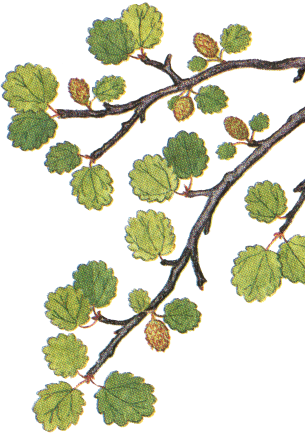
Limin Lu, Ph.D.
Institution and Research Interests
Professor of Institute of Botany, Chinese Academy of Sciences, China.
Her research interests focus on plant tree of life reconstruction and biodiversity conservation. She has made several original contributions in evolutionary history of angiosperm flora of China and phylogeny and biogeography of the grape family (Vitaceae). She has published more than 30 papers in journals such as Nature, National Science Review and Cladistics as the first or corresponding author (including co-first and co-corresponding author), and the research in Nature has been selected as one of the “2018 top 10 scientific advances in life sciences of China”. She has been successively funded by the Young Elite Scientist Sponsorship Program by China Association for Science and Technology, the Youth Innovation Promotion Association Chinese Academy of Sciences, and the Excellent Young Scientists Fund by National Natural Science Foundation of China.
Email address: liminlu@ibcas.ac.cn

Abstract
Temporal and spatial comparisons of angiosperm diversity between eastern Asia and North America
Limin Lu
Institute of Botany, Chinese Academy of Sciences, China
Chinese/Neotropical Botanical Diversity, An International Virtual Symposium
China/Ecuador
Thursday August 18th, 2022
07:45-08:30 (Quito, Ecuador)
20:45-21:30 (Guangzhou, China)
Eastern Asia (EA) and North America north of Mexico (NA) have comparable latitude, land area, and climate, but the overall plant diversity is much higher in EA than in NA. Despite intensive studies on disjunct taxa of the two regions, the temporal and spatial diversity patterns between the two floras remain unclear.
We explored the floristic differences between EA and NA and underlying mechanisms using the well-studied floras of China and the 48 contiguous states of the USA as exemplars, by integrating newly generated dated phylogenies of angiosperms from China and the USA and comprehensive spatial distribution data. We find that China possesses both higher richness and phylogenetic diversity (PD) for angiosperms than the USA, and most lineages (46 of 58 orders) have contributed to the PD anomaly favoring China. Both the floras in China and the USA share the signature of an older east and a younger west, and China shows greater east-west deviation in divergence time and diversity than the USA. The patterns within the USA are more complex, with the east possessing lower genus richness but higher PD and more ancient lineages than the west. The diversity anomaly between China and the USA might be largely driven by regional orogenic activities and climatic changes in the west of the two regions according to geological and climatic evidence.
Finally, we propose that more efforts are needed to enhance biodiversity conservation in southern China and the eastern USA by identifying phylodiversity hotspots.
© Chinese – Neotropical Botanical Diversity 2022. All Rights Reserved.

